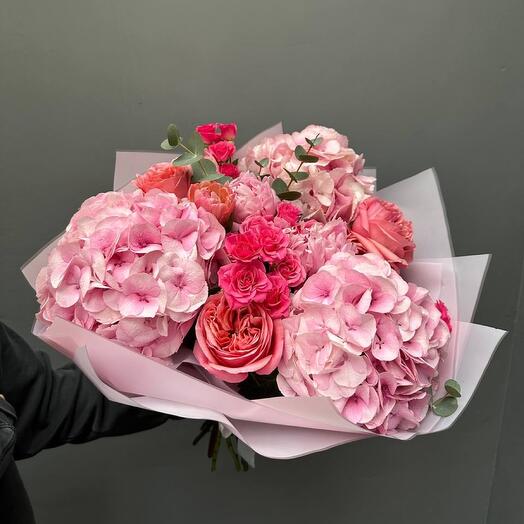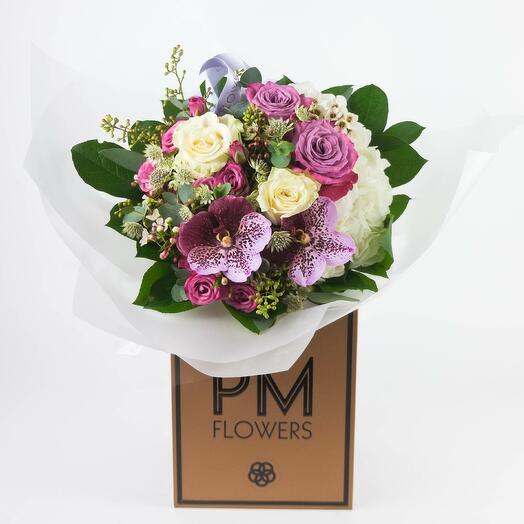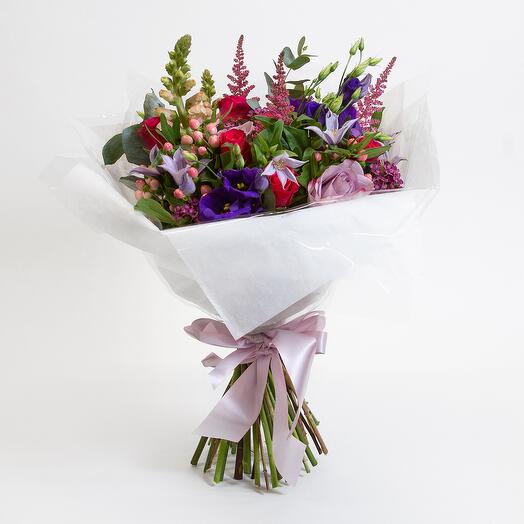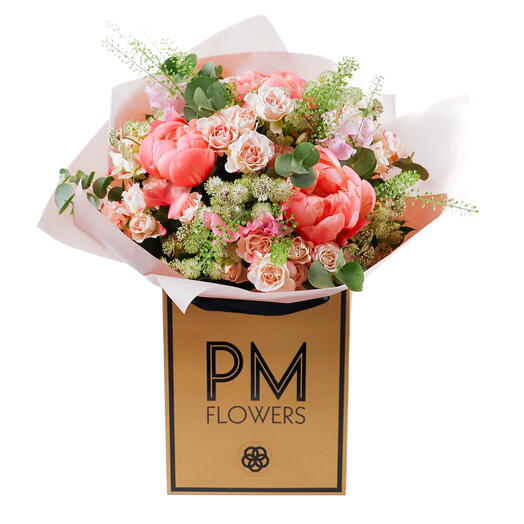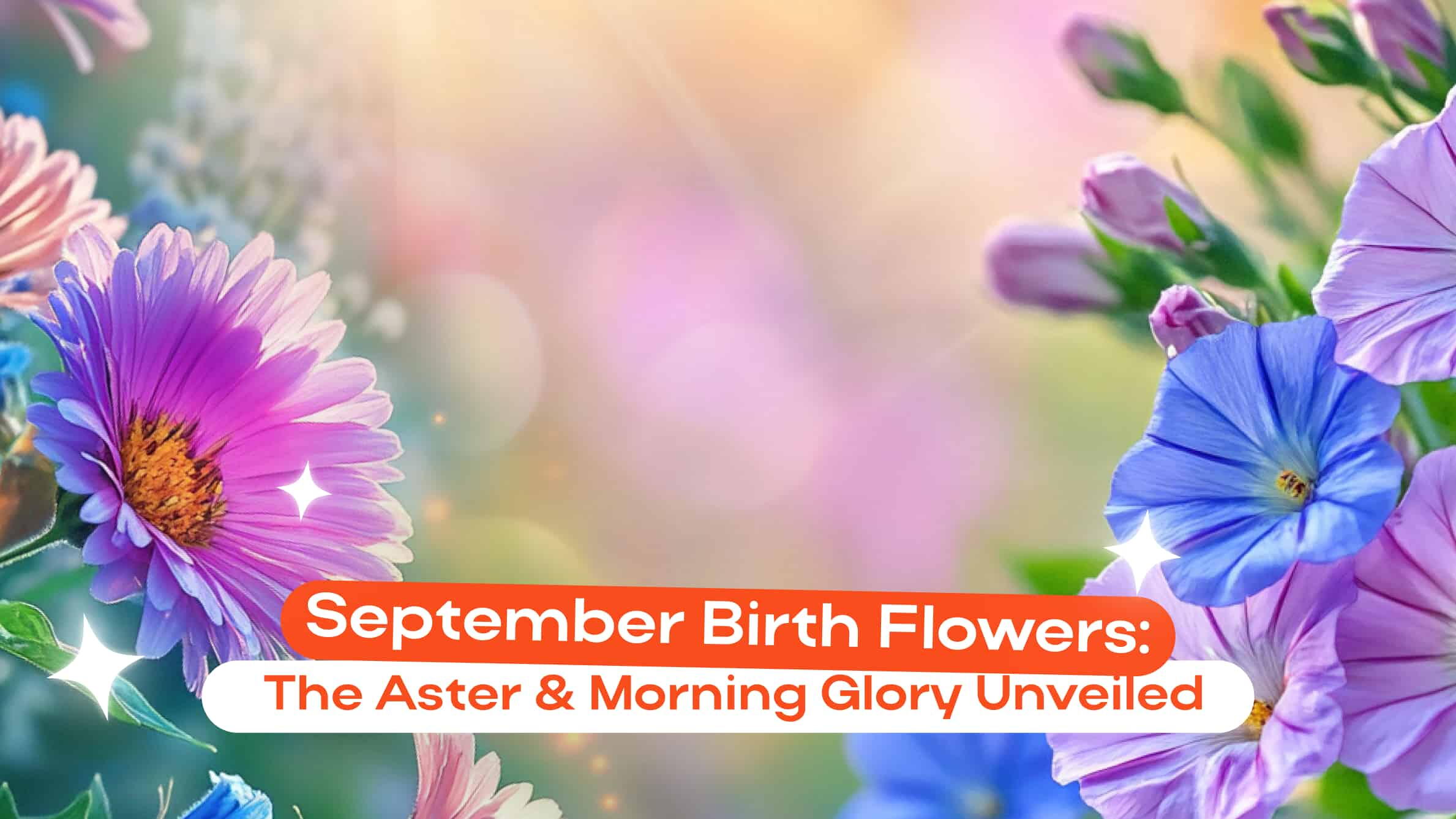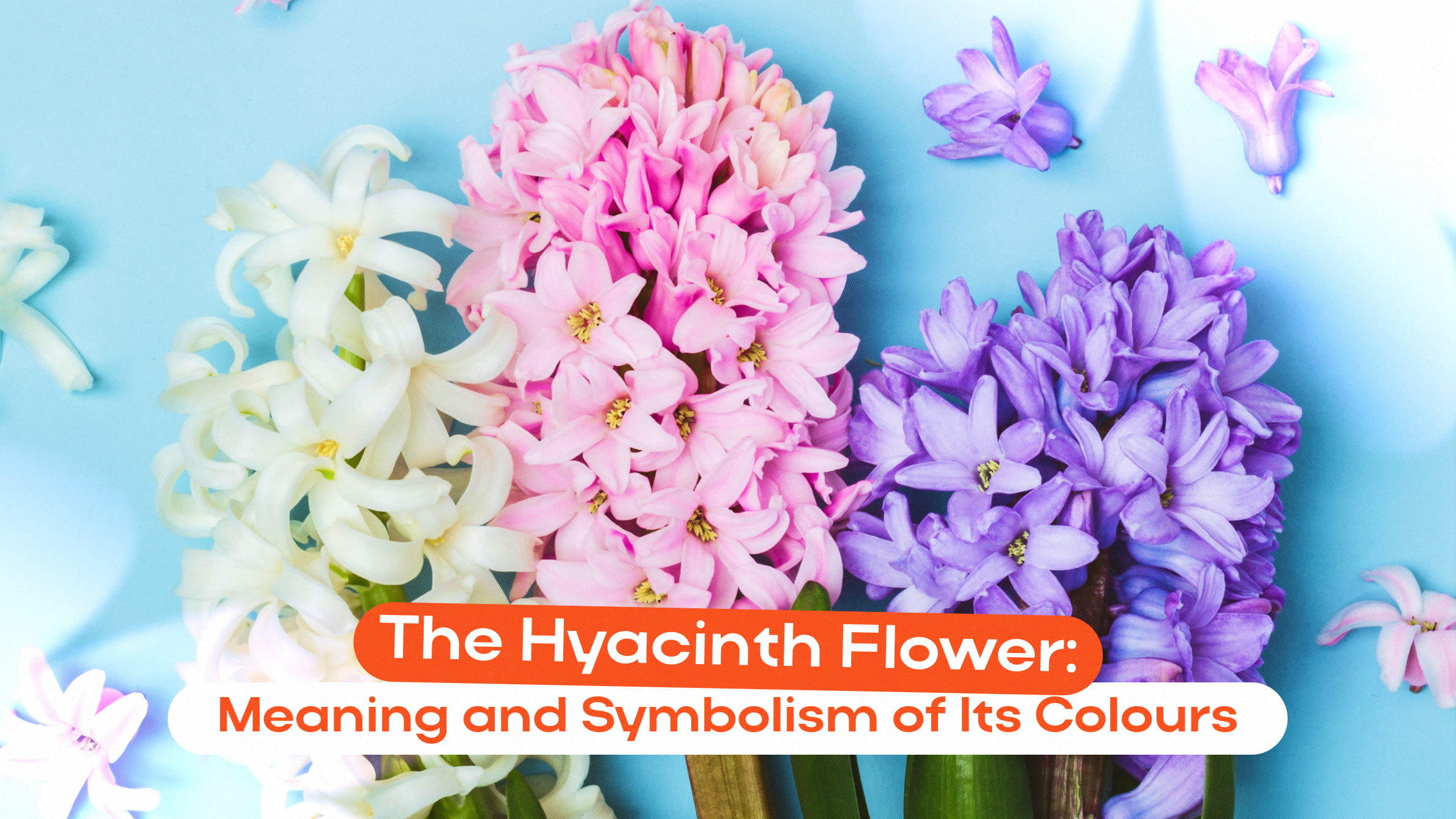
Throughout millennia, the hyacinth’s mesmerising allure has captivated many. Join us as we uncover the layers of symbolic interpretation behind these graceful blooms and reveal fascinating facts about them in today’s article. Explore the world of flowers with Flowwow, the convenient online marketplace featuring an impressive collection of exquisite bouquets to cater to all preferences.

The history of the hyacinth
This radiantly beautiful plant, originating from Anatolia and the Middle East, boasts a rich history spanning thousands of years. Prominent classical authors, including Homer, Virgil, and Ovid, have also mentioned it in their writings. Brought to Western Europe in the 16th century by the Ottomans, the flower underwent cultivation and gained widespread admiration.
Spiritual meaning of the hyacinth flower
Hyacinths' spiritual meaning mirrors their annual blooming cycle, alternating between phases of dormancy and vibrant flower bursts. Metaphorically, they symbolise transformation and development, reminding us of the impermanence of existence and highlighting the value of treasuring moments with our loved ones.
Symbolism of the hyacinth flower
In Ancient Greece, these blooms were strongly connected to concepts of affection and loss, presumably influencing its symbolism of mourning and regret in mediaeval Europe. In the flower language of the Victorian era, hyacinths were tied to sorrow, faithfulness, and dependability.
Within the Roman Catholic tradition, this charming plant epitomises the essence of Christian prudence, desire for forgiveness, and peace of mind. In Persian customs, it holds importance as an emblem of the spring's arrival and renewal.
Hyacinth Colour Meaning
Purple
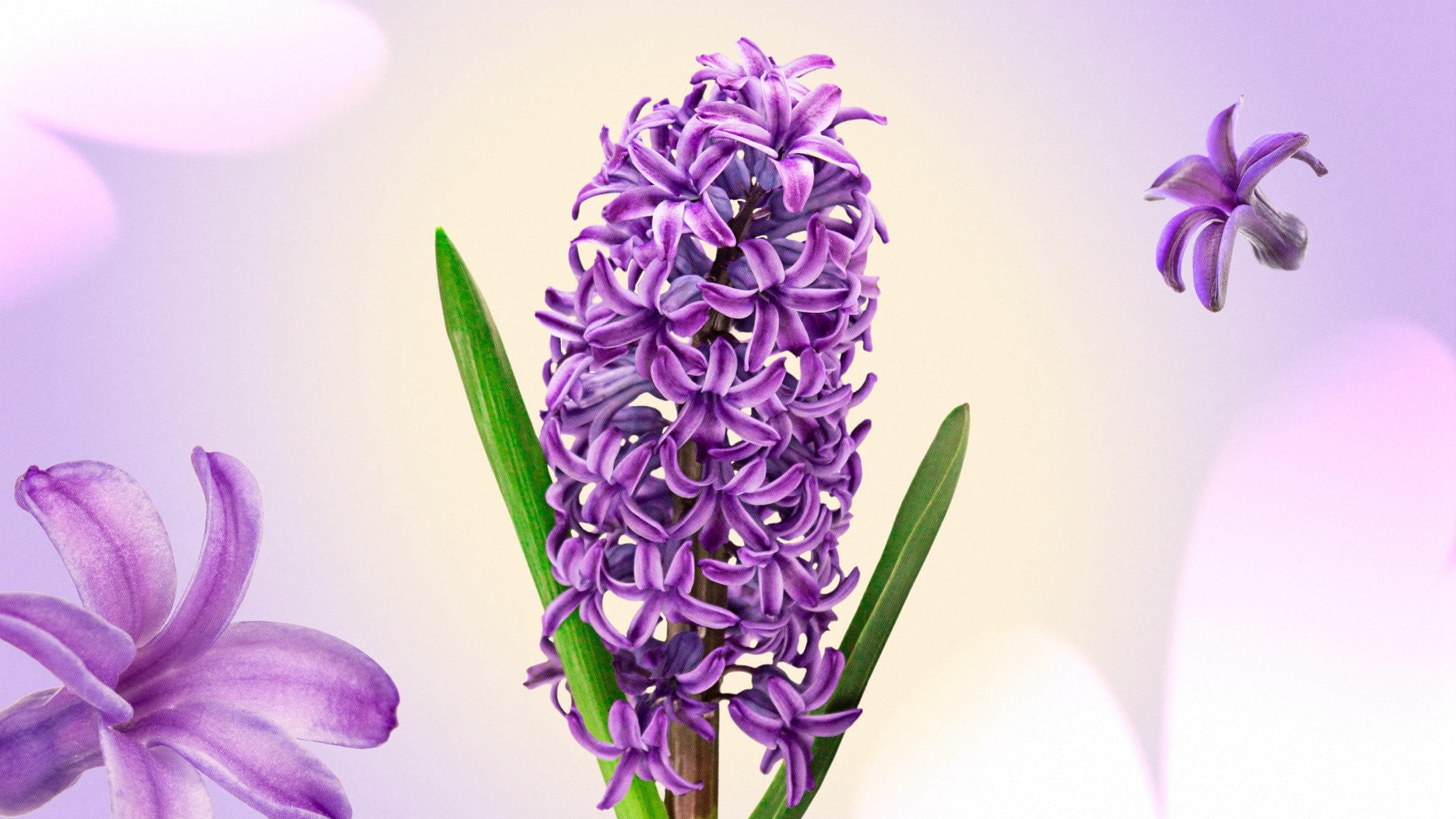
Purple hyacinths are multifaceted: their profound colour eloquently speaks of both sadness and a longing for reconciliation. Also, the violet shades carry connotations of elegance and devoutness.
Blue

Blue hyacinths articulate devotion towards those you hold dear. Representing faithfulness, sincerity, and wisdom, they are an ideal choice for offering a promise to stand by someone through thick and thin.
White

White hyacinths communicate deep tenderness and sincere well-wishes. These blossoms embody genuine care, serenity, and innocence, making them a lovely selection for adorning bridal bouquets.
Pink
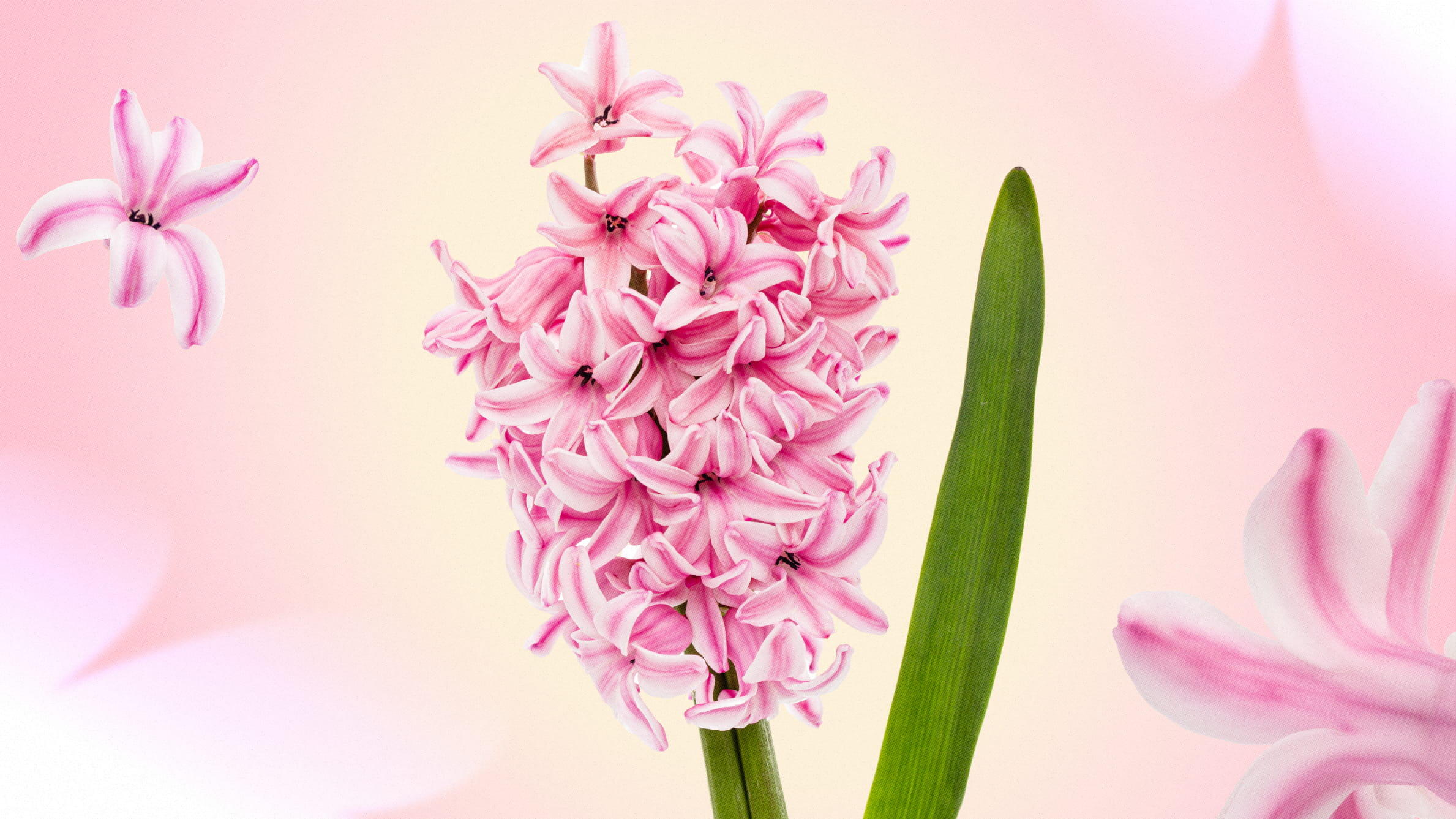
Pink hyacinths express the common associations for this delicate hue, which are predominantly tied to notions of joy, newfound adoration, and the dawn of fresh beginnings. This renders them a superb option for welcoming a new baby or marking an important milestone.
Yellow
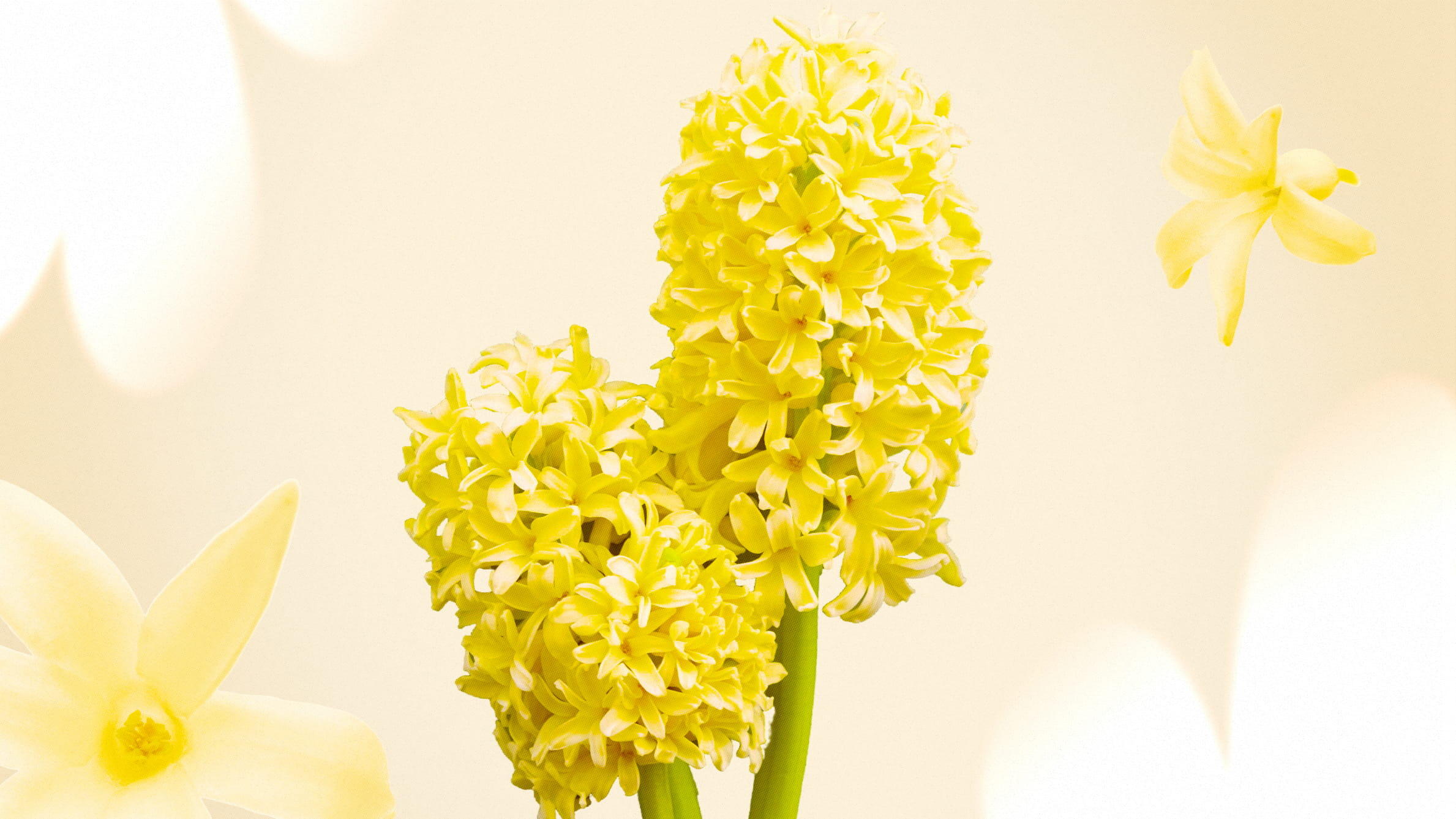
Yellow hyacinths have dual connotations: while traditionally linked to jealousy, they denote optimism and vivacity. The latter turns them into a cheerful addition to home decor and diverse festivities.
Black

Black hyacinths signify intense emotions, the perpetual cycle of life and death, mystery, and rebirth. This rare dark hue is a result of a breakthrough in breeding, as the plant does not naturally exhibit it.
Red

Red hyacinths epitomise playful and fleeting passion. Moreover, these eye-catching red petals evoke concepts of vitality and bravery.

The hyacinth in Greek mythology
An ancient myth sheds light on one of the aspects of the hyacinth flower's meaning. In Greek mythology, Hyacinthus was a member of Spartan royalty, glorified for his extraordinary beauty; he met his end in a tragic discus throw with the Olympic god Apollo. The crimson streams flowing from his fatal injury gave rise to the flowers, which became closely linked with fate and remembrance. Intriguingly, they also refer to the idea of playfulness and athletic prowess, a nod to Apollo's physical might intertwined with the circumstances of his opponent’s untimely demise.
Interesting facts
- The plant is renowned for its fragrance, a harmonious blend of delicate florals with sweet and subtly spicy undertones. This enchanting aroma is featured in numerous perfumes, including Un Jardin Sur Le Nil by Hermès and Acqua di Gio by Giorgio Armani, among many others.
- It is part of the same botanical family as the well-known asparagus.
- It harbours toxic substances. Consuming a considerable amount can be perilous for both humans and animals; it is advisable to wear protective gloves when handling bulbs as they can cause skin irritation.
- Though not explicitly cited in the Bible, its wild species may be alluded to as a lily in depictions of Solomon's Garden. There is also a biblical reference to a gemstone bearing the same name, believed to be a type of zircon.
When to give a bouquet of hyacinths
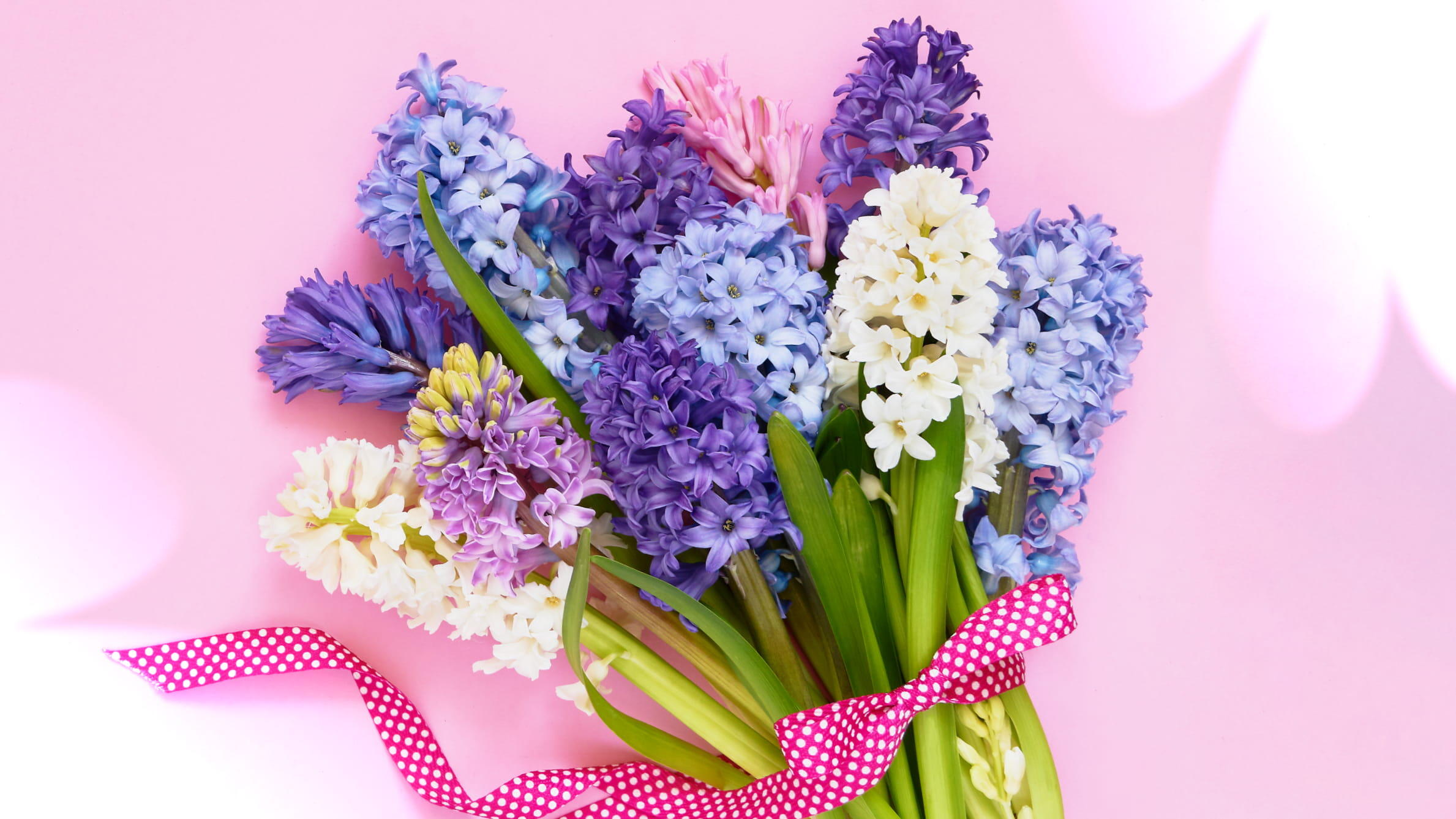
A stunning arrangement with these magnificent blooms is excellent for expressing appreciation, warmth, and fondness. It's also a thoughtful choice for conveying heartfelt condolences during difficult times.
By recognising the significance of colours, you can make your gift not only aesthetically pleasing but also emotionally meaningful. For instance, pink is wonderful for Mother's Day; blue represents steadfast fidelity while opting for purple can serve as a touching, reconciliatory gesture.

